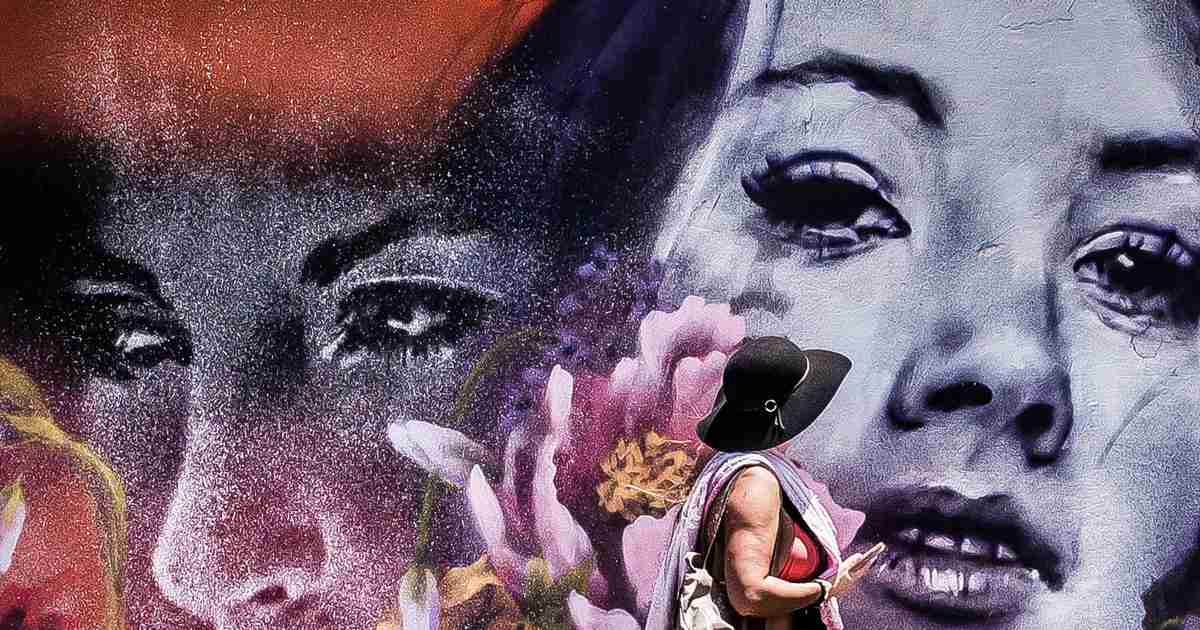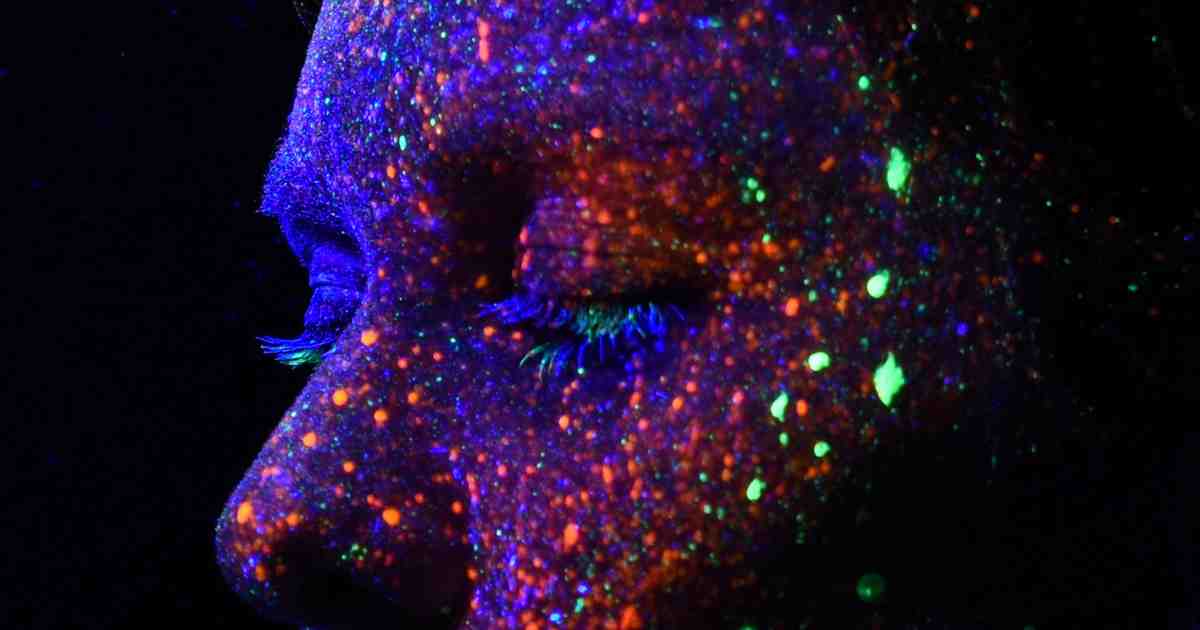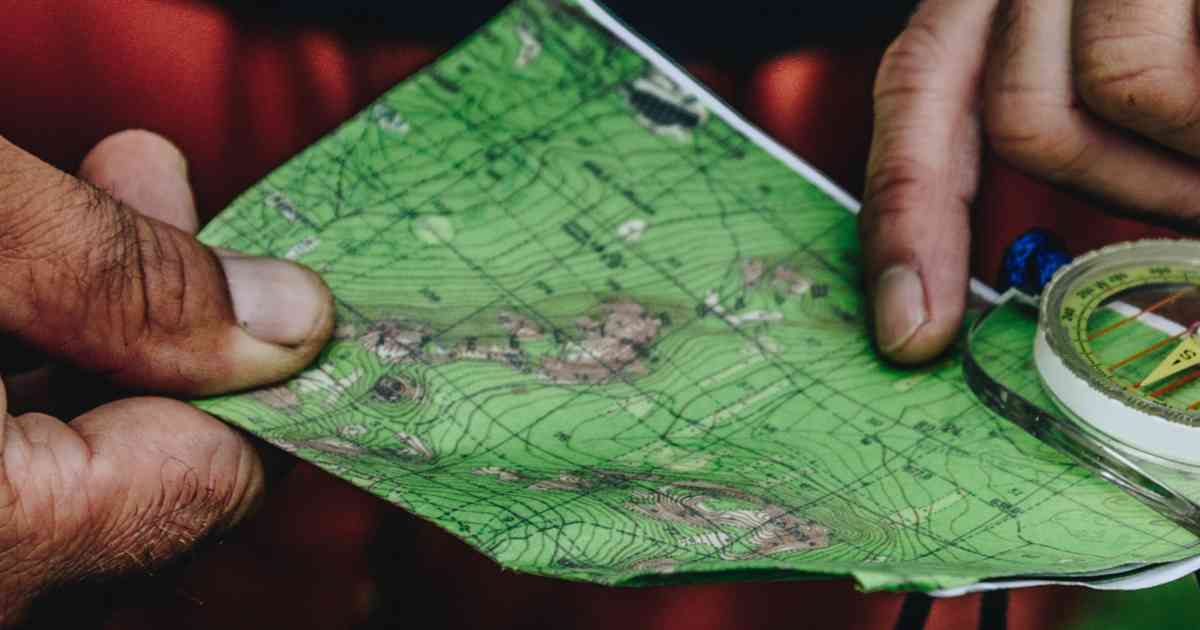Summary
-
Jaak Panksepp studied the affective neuroscience of basic emotional systems for half a century.
-
Humanity is a couple of million years old.
The emotional part of our brains goes back much further.
You’re on an ancient schedule, friend.
-
To enquire about personal, private help with the affective neuroscience of your emotional processing, see if we’re a match.
Top photo via Jonatan Pie / Unsplash
Video: The science of emotions: Jaak Panksepp at TEDxRainier
(18 mins) (the rat tickling is from 14:00 to 15:30)
-
“We hate and we love, can one tell me why?” - Catullus
-
We have feelings because they tell us what supports our survival and what detracts from our survival.
-
I worked in the back wards of a psychiatric hospital and saw human tragedies, their emotional tragedies. No one knew what emotions were, how we get these feelings, so I decided to shift to neuroscience – that is the only path to understanding how we feel.
-
If we understand the emotions of other animals, I think we will begin to understand our own emotions. We are very similar at the bottom of our minds, and we’re very, very different at the top of our minds. We are the cognitive creatures, they are the emotional creatures.
-
There are seven basic emotional systems. SEEKING, MATING, CARE and PLAY are rewarding. RAGE, FEAR and PANIC are punishing.
-
The SEEKING system’s feeling is enthusiasm (anticipation, desire, curiosity).
-
The RAGE system’s feeling is pissed-off (frustration, body surface irritation, restraint, indignation).
-
The FEAR system’s feeling is anxious (pain, threat, foreboding).
-
The MATING system’s feeling is horny (lust, copulation — who and when).
-
The CARE system’s feeling is tender and loving (maternal nurturance).
-
The PANIC system’s feeling is loneliness and sadness (separation distress, social loss, grief). Too much is the gateway to depression.
-
The PLAY systems’s feeling is joy (rough-and tumble carefree social play).
-
The most powerful chemistry to counteract psychological pain is brain opioids. Our love and attachment are partially addictive phenomena - they ride upon our internal opioids. They provide us with a sense of security that everything is right in the world. Opioids mediate motherly love, the attachment bond between mother and child, the attachment bond between loving adults. Human relationships are the best antidepressants.
-
By analyzing rats playing, named ‘The Rat Tickler’.
Book: Affective Neuroscience: The Foundations of Human and Animal Emotions by Jaak Panksepp (1998)
-
The “neuroscience revolution” of the last few decades has enabled us to conceptualize human nature in dramatically new ways, and the debate is shifting from the issue of whether mind emerges from brain to how specific mental states, traits, and abilities arise from the brain.
-
Indeed, by mastering the brain of one mammal, one immediately enjoys a good understanding of the subcortical neuroanatomy of most other vertebrate species.
-
It is noteworthy that no neurotransmitter or neuromodulator has been discovered in humans that is qualitatively different from those found in other mammals. In fact, all mammals share remarkably similar anatomical distributions of most neurochemical systems within their brains.
-
It is becoming increasingly clear that humans have as many instinctual operating systems in their brains as other mammals. ... The reason many scholars who know little about modern brain research are still willing to assert that human behavior is not controlled by instinctual processes is because many of our operating systems are in fact very "open" and hence very prone to be modified by the vast layers of cognitive and affective complexity that learning permits. Still, the failure of psychology to deal effectively with the nature of the many instinctual systems of human and animal brains remains one of the great failings of the discipline. The converse could be said for neuroscience.
Discover Interview 2012: Jaak Panksepp Pinned Down Humanity’s 7 Primal Emotions
He tickled rats and showed that making them laugh is serious business.
-
Panksepp’s work has led him to conclude that basic emotion emerges not from the cerebral cortex, associated with complex thought in humans, but from deep, ancient brain structures, including the amygdala and the hypothalamus.
-
You could turn a peaceful pussycat into a raging monster by stimulating specific parts of the hypothalamus.
-
More broadly, feelings of seeking, lust, care, and play feel good. Rage, fear, and panic feel bad.
-
Humans go back to the Pleistocene [about 2.5 million years ago], but the emotional part of the brain goes back much further, all the way to the time when ancestral mammals evolved away from reptiles. Primary processes, based in deep subcortical regions, manifest evolutionary memories that are the basic emotional operating systems of the brain. Secondary processes, based on a series of way stations known as basal ganglia, are enriched with the mechanisms for learning—for linking external perceptions with associated feelings. Then on top, the tertiary level is programmed by life experiences through the neocortex, engendering our higher cognitive processes such as thinking, ruminating, and planning. Our capacity to think is fueled by our storehouses of memory and knowledge acquired by living in complex physical and social worlds. But the ancient feeling states help forge our memories in the first place. New memories could not emerge without the underlying states that allow animals to experience the intrinsic values of life.





